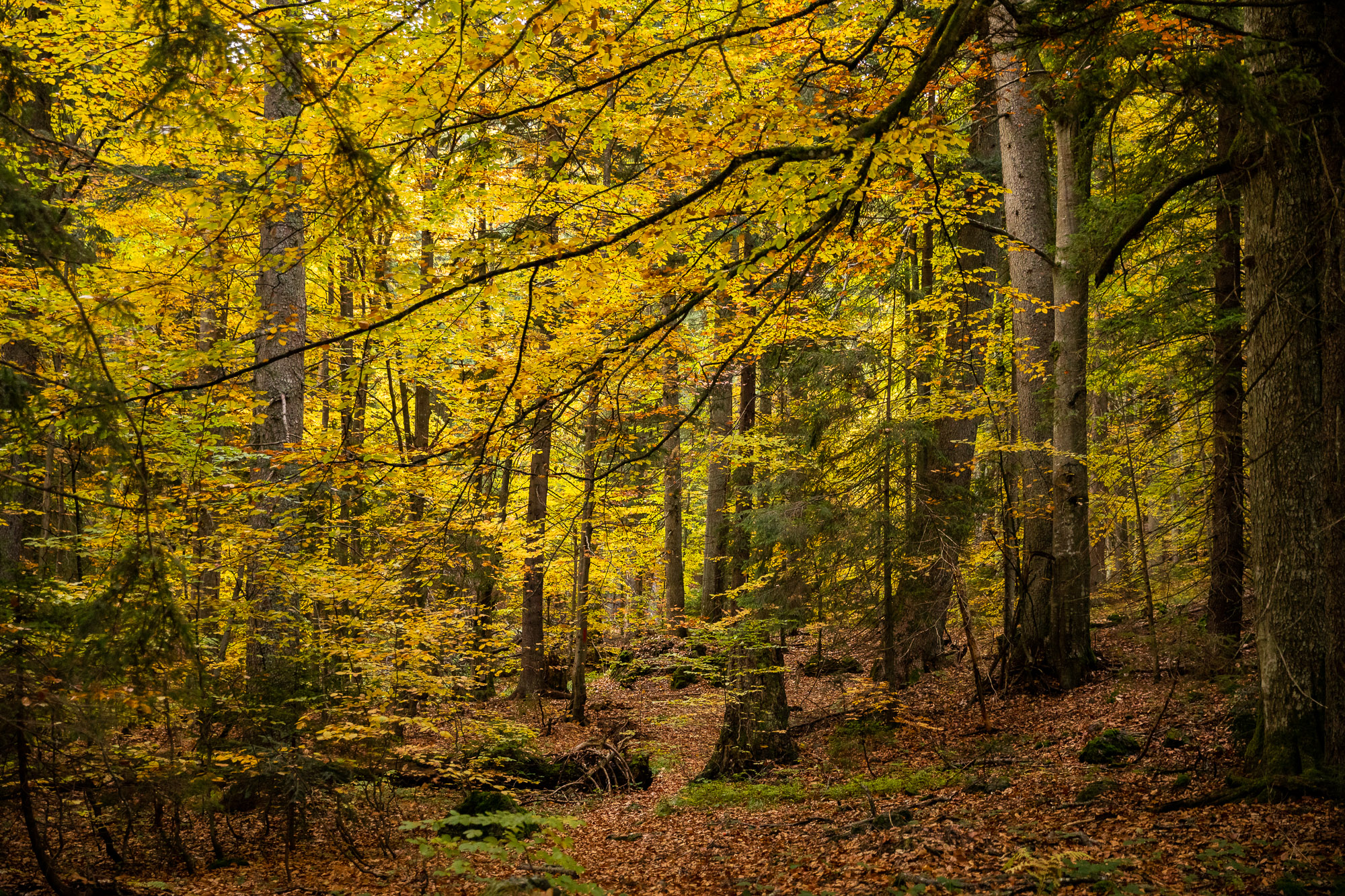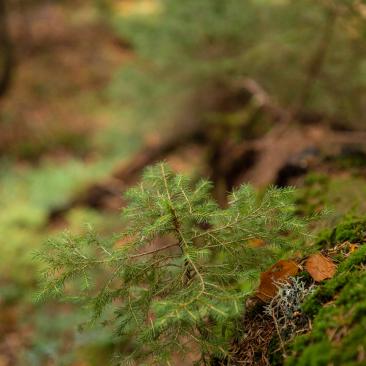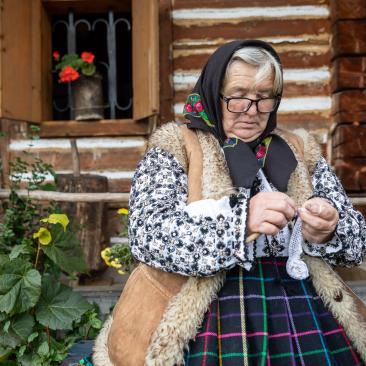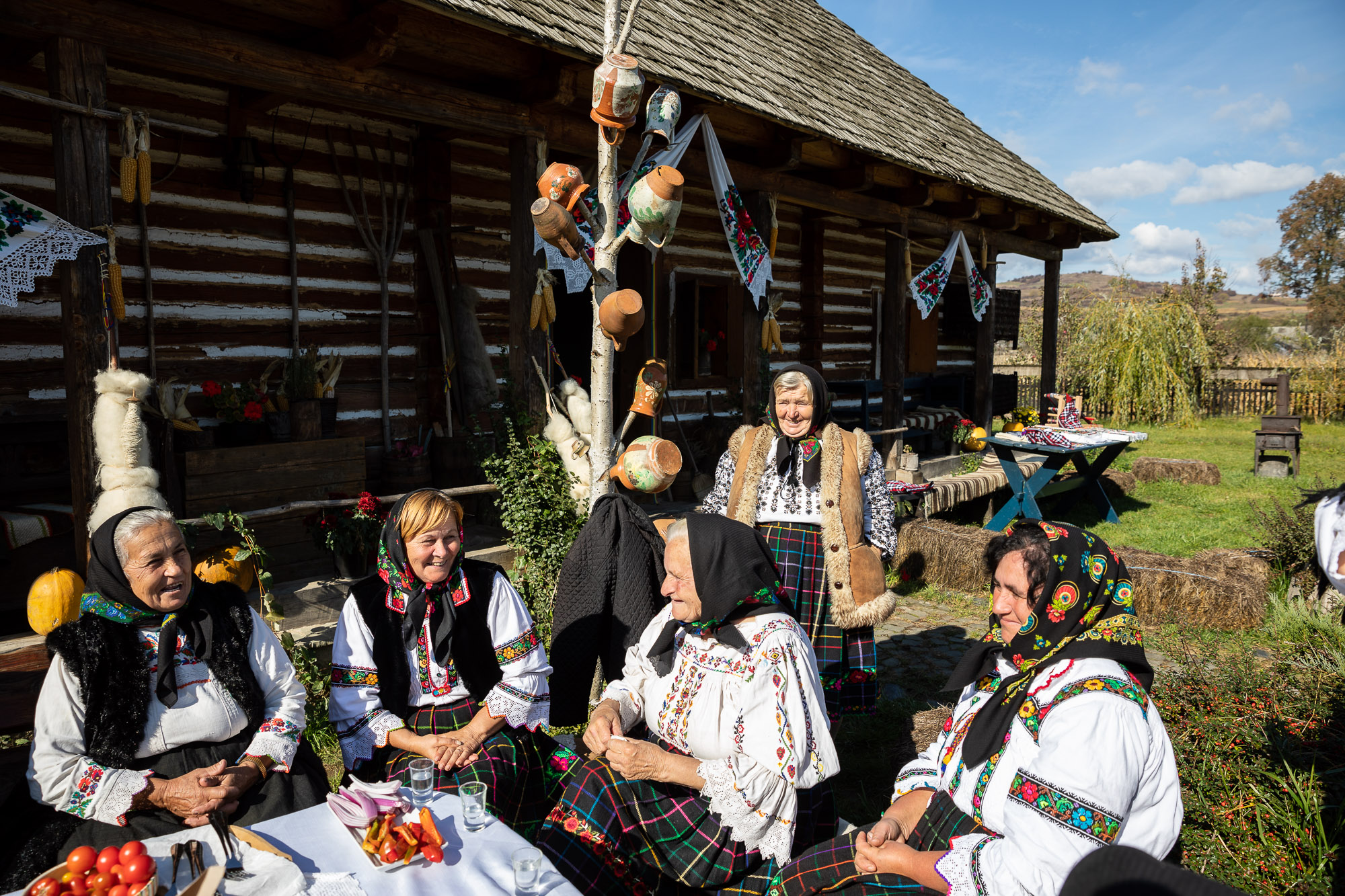At Strâmbu Băiuț forest (FSC®103005), in the northern Maramures region, forest managers have been implementing sustainable, FSC-certified forest management since 2010 over an area of more than 12,000 hectares. The forest hosts a wide range of habitats, with a large capacity to support a variety of plant and animal species.
Connecting and conserving
A network of designated conservation areas (which covers 10% of the forest area under management, in line with FSC Principles) provides extensive resting and reproduction areas undisturbed by humans through mass tourism, fruit or mushroom harvesting or forestry works. Comprised of clearings and glades as well as a seed reserve, these seasonally important areas for provide food and breeding areas. In one such area, vegetation cover has been restored and the entire forest edge area planted with wild fruit trees and shrubs. The most recent audit confirms that another, classified as a high conservation area due to its importance for rutting Carpathian deer, has been added to the network. The active management of the marginal habitats included in the conservation network improves the source and quality of the food available for wildlife. Areas of virgin forest are supplemented by feeding areas, ensuring bears, wolves and lynx benefit from a consistent supply of food within the forest.


Impacts of certification
Prior to FSC certification, forestry and logging activities covered a narrower range of biodiversity objectives and activities, based solely on the nationally binding regulatory framework. Thus, there were clear-cuts that threatened the structure of forest areas. In the absence of standards and criteria against which to assess them, biodiversity elements and forests of high conservation value were not identified.
Certification secured the ecosystem services provided by the forest and provided objectives for the promotion and maintenance of services related to biodiversity conservation. Without this, the previous management goals and measures would have led to the degradation or even loss of high conservation values because forestry interventions, from conservation felling to commercial timber harvesting, were planned in the virgin forest areas with primary that have identified and conserved under FSC certification.
In 2022 Regia Nationala a Padurilor - Romsilva, Directia Silvica Maramures, under whose certificate the forest is managed, was assessed against FSC’s Ecosystem Services procedure for biodiversity conservation and recreation services. The FSC Ecosystem Services Procedure is FSC’s evolving approach to the monitoring, conserving, and improving ecosystem services in forests.

Community commitment and international recognition
The exceptional biodiversity values of the Strâmbu Baiut forest have been preserved and evolved together with the communities in the area, developing over time in a society where the forest was the central element as a source of energy, matter and cultural inspiration. FSC forest management, put into practice thanks to relentless work of WWF Romania on the ground, has made an essential contribution to the preservation of biodiversity values in the region, which have subsequently been acknowledged at both the EU level and worldwide. Strămbu Băiuț Virgin Forest Reserve, covering just shy of 600 hectares and linking the component parts of the Southern Carpathian forests with those of the Ukrainian Carpathians, received UNESCO World Heritage recognition in 2017.

Photographs of old growth forests in Strambu Baiut, Romania and local communities celebrating traditional festivities by Jonathan Perugia.

